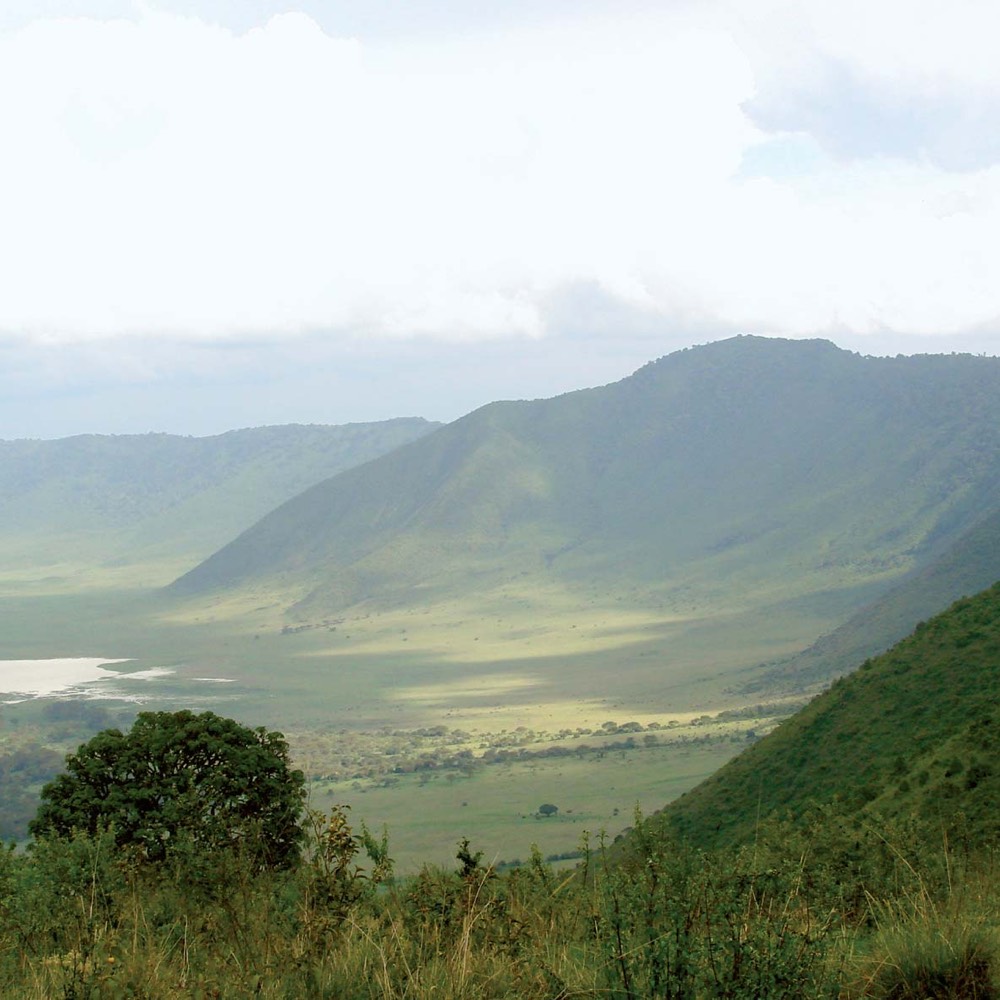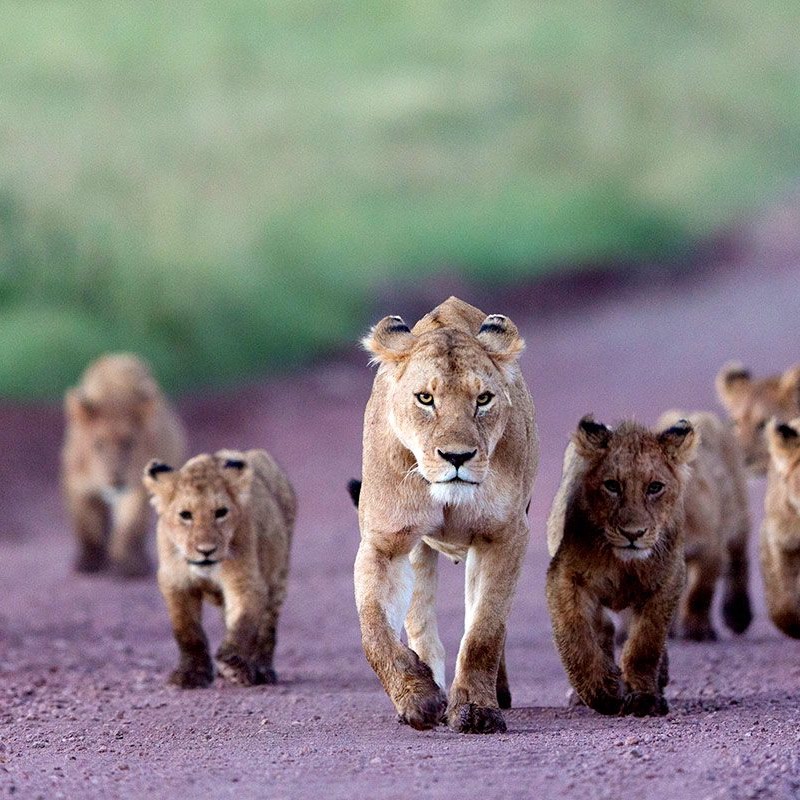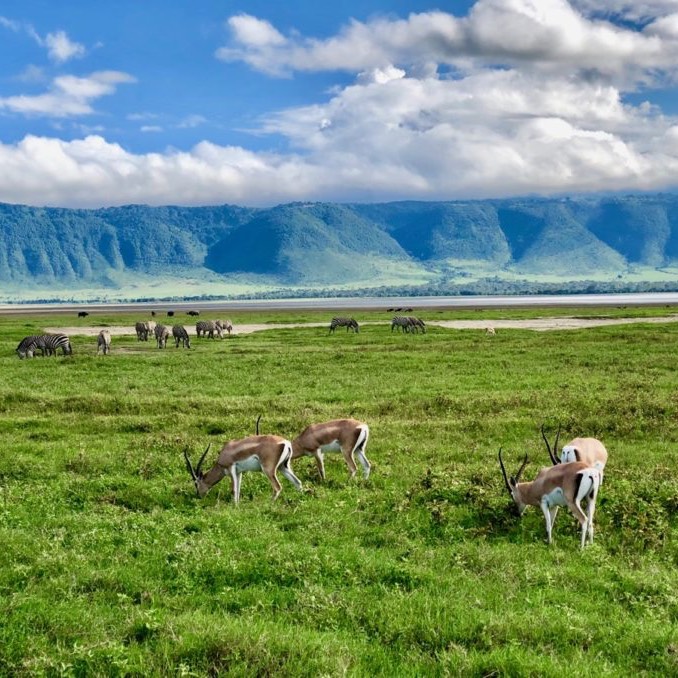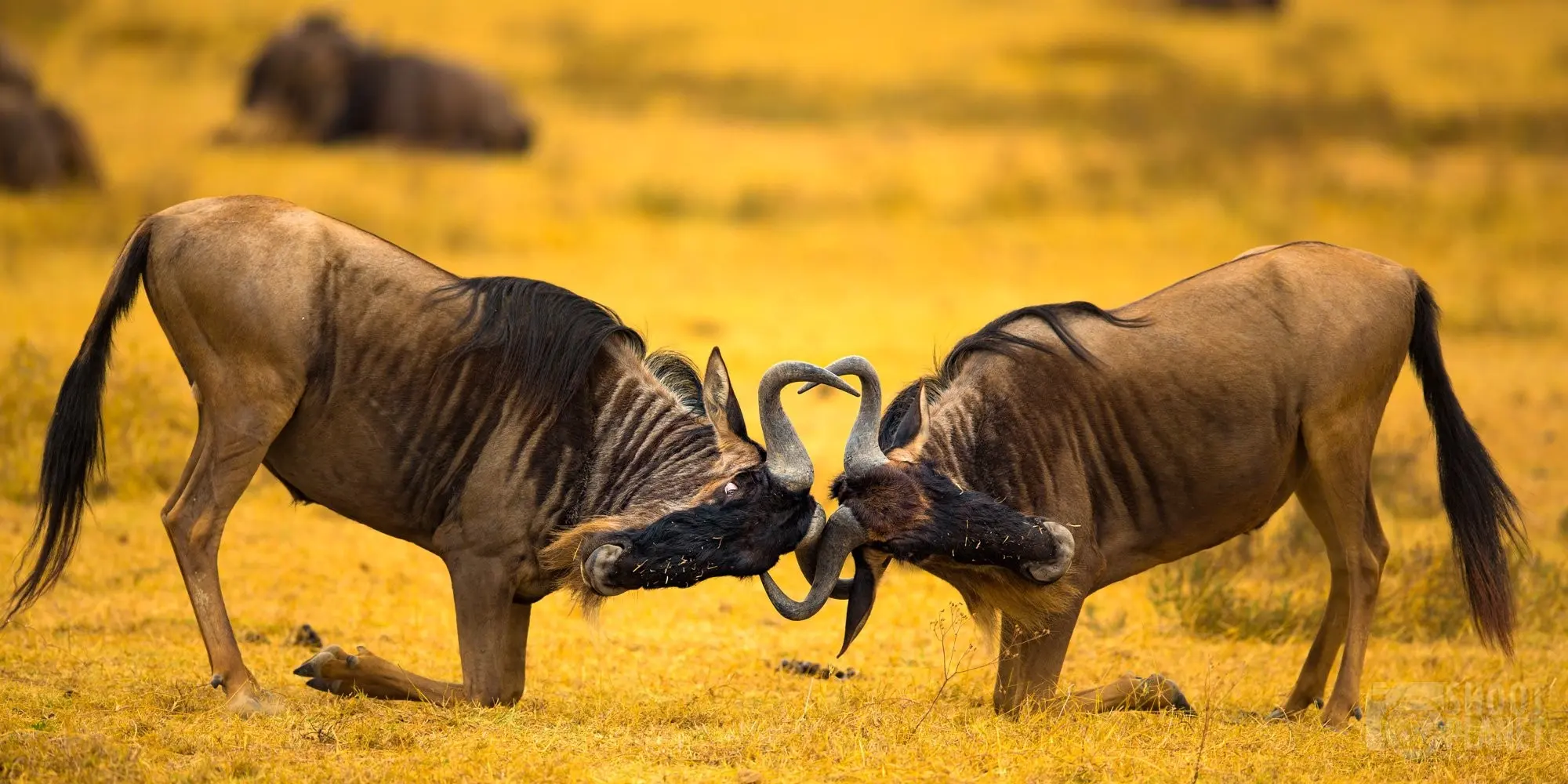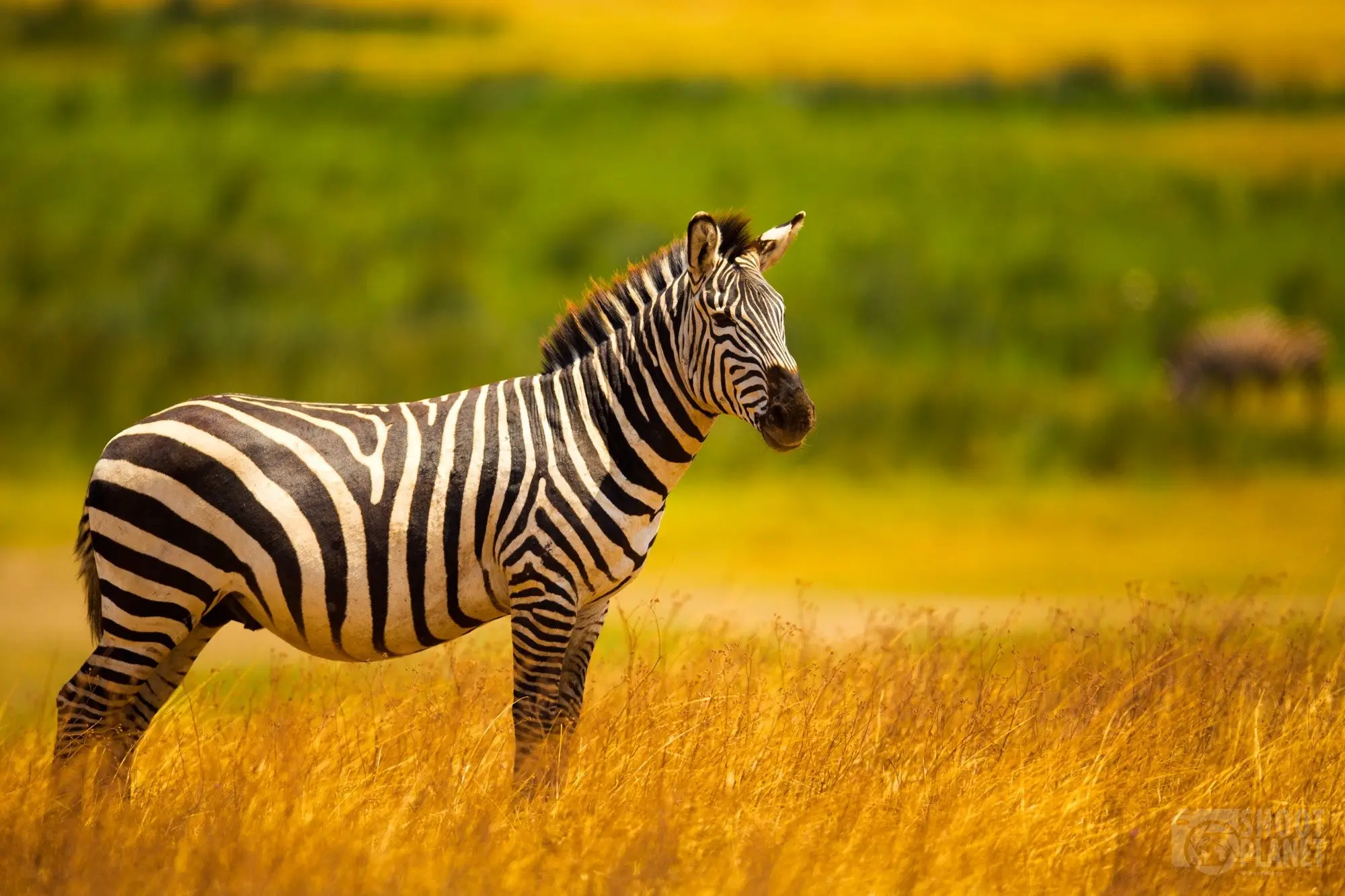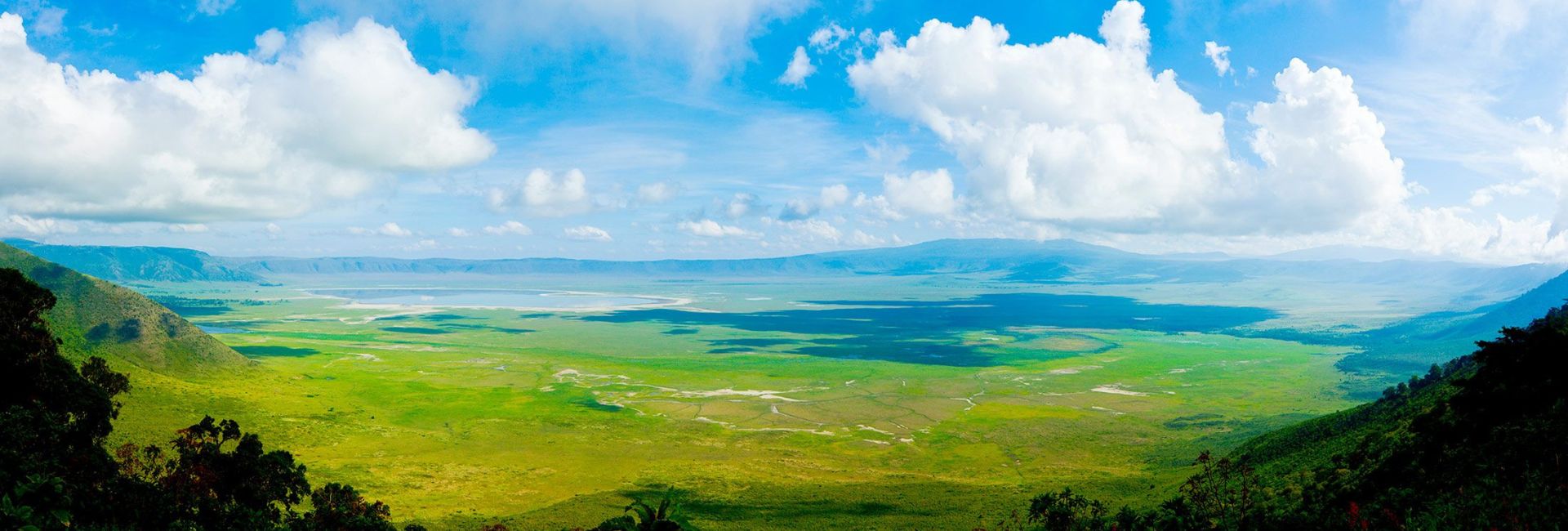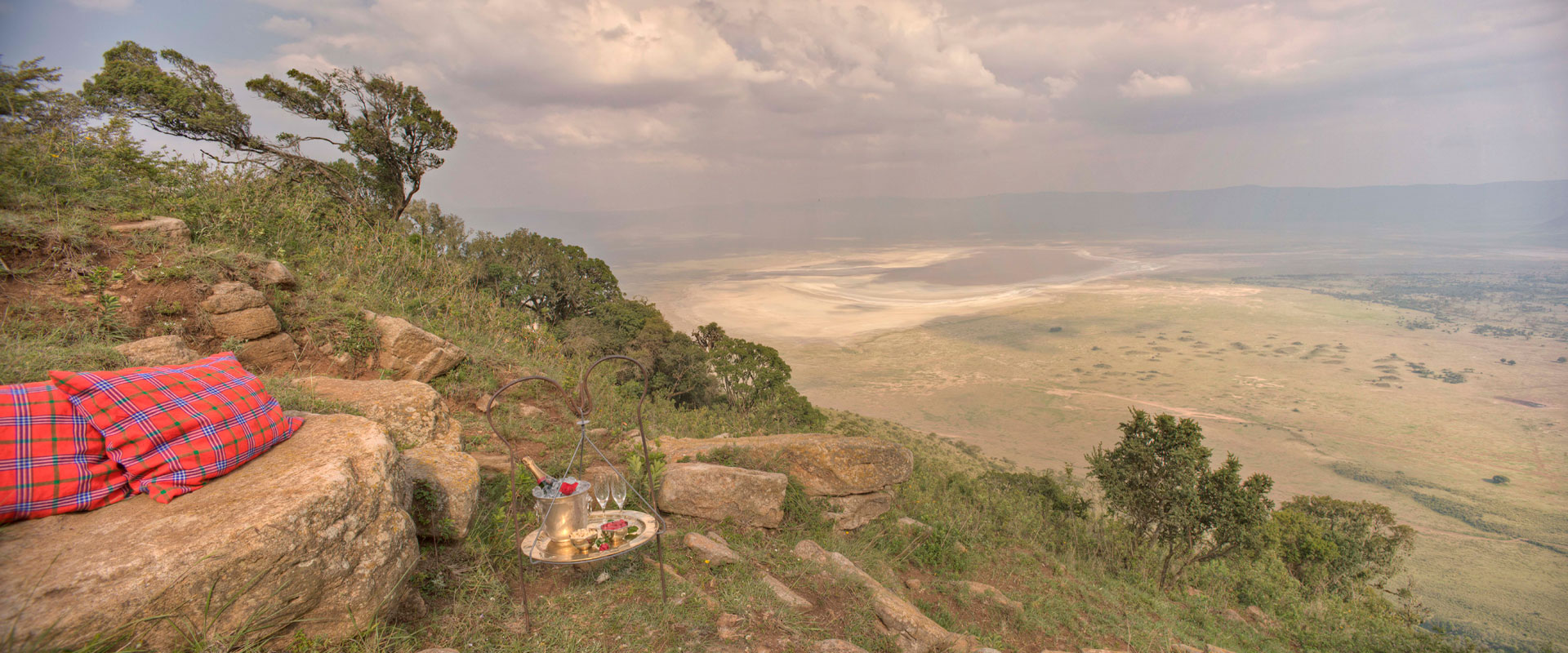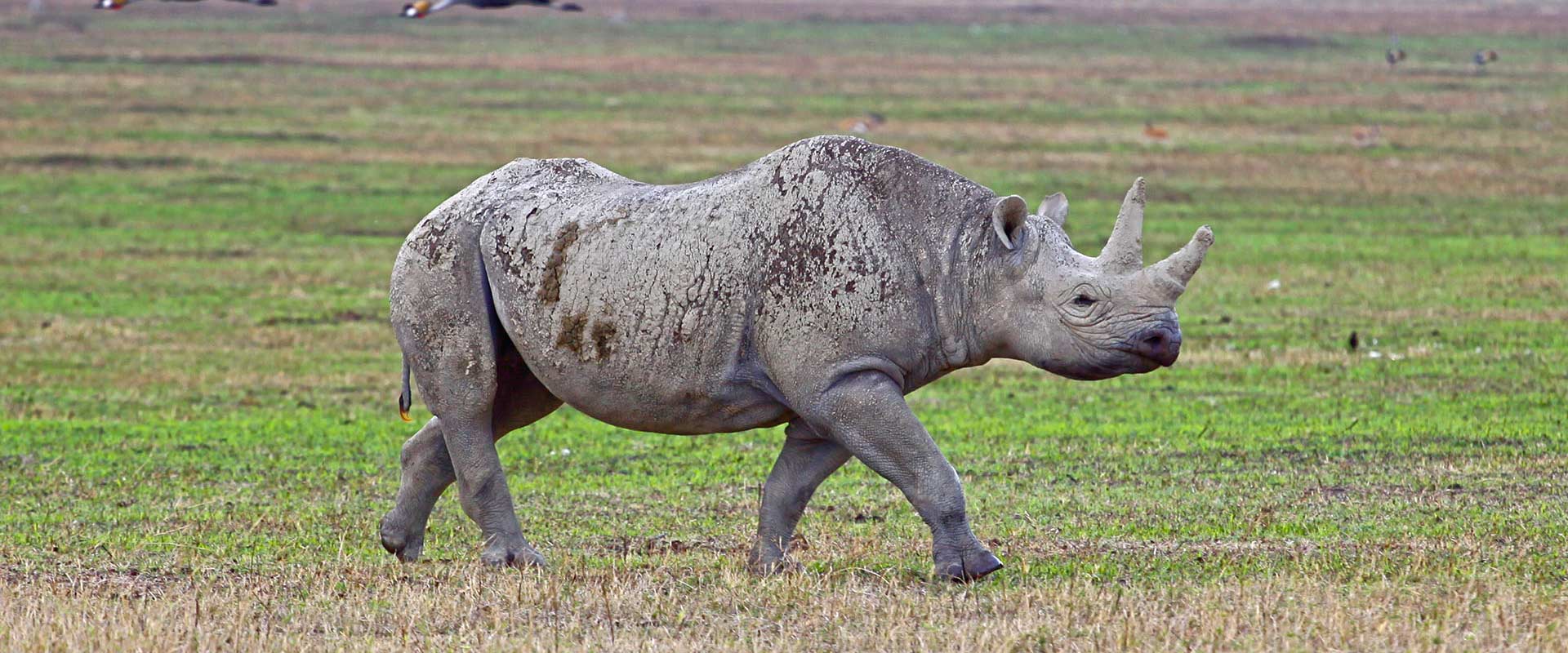Ngorongoro Conservation Area
Ngorongoro Conservation Area

Ngorongoro Crater, located in northern Tanzania, is one of Africa’s most famous natural wonders and a UNESCO World Heritage Site. Formed millions of years ago when a massive volcano erupted and collapsed, it is the world’s largest inactive, intact volcanic caldera. Spanning approximately 260 square kilometers and reaching a depth of about 600 meters, the crater offers a unique ecosystem with a rich diversity of wildlife and stunning landscapes.
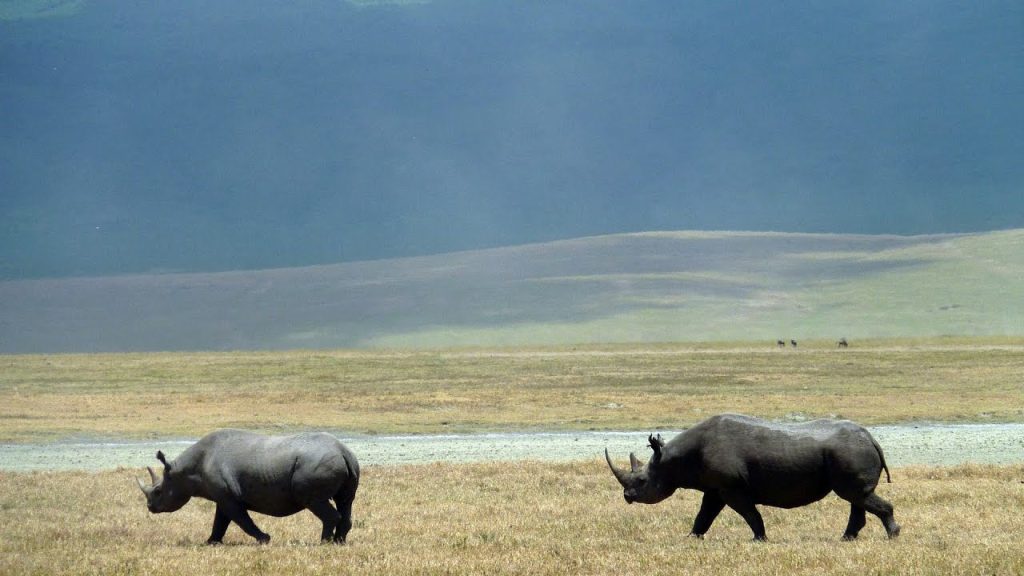
Overview of Ngorongoro Conservation Area

Ngorongoro Crater is a microcosm of East African wildlife and landscapes, offering visitors an unparalleled safari experience. Its combination of high wildlife density, diverse ecosystems, geological significance, and cultural heritage makes it a must-visit destination for nature and wildlife enthusiasts
High Density of Wildlife:
- Ngorongoro Crater is renowned for its remarkable concentration of wildlife, making it one of the best places in Africa to see a variety of animals in their natural habitat. It is home to around 25,000 large mammals, including the Big Five: lions, leopards, elephants, buffaloes, and the critically endangered black rhino.
- Visitors can also see large herds of wildebeest, zebras, gazelles, and hippos, as well as a variety of bird species, including flamingos around Lake Magadi.
Diverse Ecosystems:
- The crater’s floor hosts a range of habitats, such as open grasslands, acacia forests, swamps, and the soda lake of Lake Magadi. This variety of ecosystems supports a wide range of flora and fauna.
- The Lerai Forest, a dense acacia forest on the crater floor, is particularly known for its elephant population.
Lake Magadi:
Lake Magadi is a shallow soda lake located in the southwestern part of the crater. It is a key attraction for birdwatchers, as it is often populated with large flocks of flamingos, which create a spectacular sight against the backdrop of the crater.
Geological Wonder:
The geological significance of Ngorongoro Crater is immense. The crater’s steep walls provide a natural enclosure, creating a unique microcosm of East African wildlife. The descent from the crater rim to the floor offers stunning views and a dramatic transition through different ecological zones.
Cultural Heritage:
- The Ngorongoro Conservation Area, which includes the crater, is also home to the Maasai people. The Maasai continue to live traditionally, herding cattle and goats, and visitors can experience their culture through visits to Maasai villages.
- The area around the crater also contains significant archaeological sites, such as Olduvai Gorge, where some of the earliest human fossils have been found.
Conservation Efforts:
The Ngorongoro Conservation Area Authority (NCAA) manages the crater with a focus on balancing the needs of wildlife conservation, local communities, and tourism. Efforts are made to protect the unique environment and the endangered species that inhabit it, particularly the black rhino.
Cultural Experiences:
Visitors to Ngorongoro can also experience the rich cultural heritage of the Maasai people. Many tours include visits to traditional Maasai villages, where travelers can learn about their customs, traditions, and way of life.
Facts aboutNgorongoro
- Largest inactive, intact volcanic caldera.
- Part of the Ngorongoro Conservation Area, a UNESCO World Heritage Site.
- Home to around 25,000 large mammals.
- Diverse ecosystems including grasslands, acacia forests, swamps, and Lake Magadi.
- Hosts the Big Five: lion, leopard, elephant, buffalo, and rhino.
- Known for the critically endangered black rhino.
- Lake Magadi attracts large flocks of flamingos.
- Home to the Maasai people who practice traditional pastoralism.
- Rich in archaeological sites, including Olduvai Gorge.
Most common animals
- Lions
- Leopards
- Elephants
- Buffaloes
- Black rhinos
- Wildebeest
- Zebras
- Gazelles
- Hippos
- Hyenas
- Flamingos (around Lake Magadi)
- Various bird species
